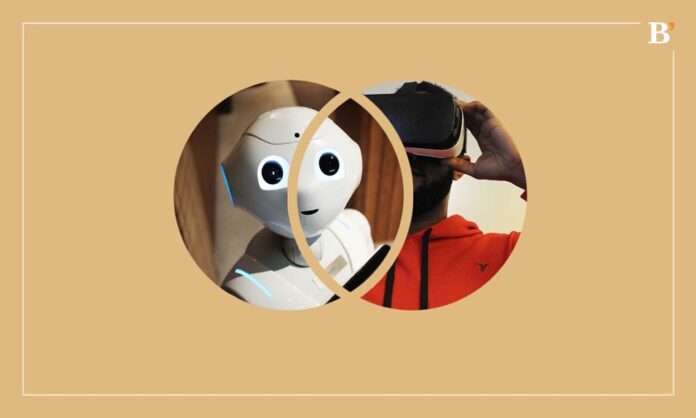Key Highlights
- Generative AI creates new content using deep learning algorithms and offers faster content production and scalability.
- Discriminative AI evaluates existing content for validity and relevance. It reduces the risk of misplaced ads and ensures suitable content placement.
There are two major approaches to machine learning in the field of artificial intelligence (AI). The excitement surrounding generative AI is rapidly growing, especially about its video application. One example is the recent announcement of ChatGPT-4, which has introduced text-to-video capabilities, further fueling its status as the fastest-growing app in history.
The main difference is generative AI models learn to create new data, while discriminative AI models learn to distinguish between real and fake data.
What is Generative AI?
Generative AI models utilize deep learning algorithms to create content without relying on existing data. It can generate various types of content, such as:
- Written text
- Generating realistic images
- Creating music, and even video.
Generative AI tools disrupt the entertainment, art and design, advertising, and media industries. These tools offer the potential to streamline content production and increase output for media companies and brands.
The appeal of generative AI lies in its ability to produce content quickly and at a lower cost, enabling production at scale. Acknowledging that generative AI tools still have limitations and overreliance on them can present challenges, particularly in the complex realm of digital video advertising.
What is Discriminative AI?
Discriminative AI models are used to distinguish between real and fake data. It combines human-generated insight with machine learning to assess the validity and relevance of online content for advertisers. It reduces the risk of misplaced ads and aligns them with suitable content while engaging key audiences and accessing like-minded consumers.
As AI tools expand into video content, advertisers must adopt a nuanced approach to ad placement and prioritize discriminative AI to avoid risks associated with generated content.
Generative AI vs Discriminative AI Pros & Cons: Which is Better?
The difference between generative AI and discriminative AI is not a matter of one being better than the other. Both AI models serve different purposes and have distinct strengths. Below is the comparison of generative AI vs discriminative AI.
| Feature | Generative AI | Discriminative AI |
|---|---|---|
| Purpose | Creates new content | Evaluates existing content |
| Strengths | Can generate creative and original content | Can assess accuracy, relevance, and suitability |
| Weaknesses | May struggle with accuracy and relevance, especially for complex or sensitive topics | May not be able to generate creative or original content |
| Applications | Content creation, spam filtering, fraud detection | Ad placement, content moderation, product recommendations |
Finally, the choice between generative AI and discriminative AI depends on the specific use case and desired outcome. They can be complementary, with generative AI creating content and discriminative AI ensuring its appropriate usage. Both have their merits and should be considered based on the specific requirements and goals of the application.
As AI develops, we will likely see even more powerful and innovative applications of both generative and discriminative AI models.
FAQs
- Is logistic regression generative or discriminative?
Logistic regression is a discriminative model. It is used to predict the probability of a binary outcome, such as whether a customer will click on an ad.
- Is KNN discriminative or generative?
KNN is a discriminative model. It is used to classify data points into one of a set of classes based on the k most similar data points.
- Is Naive Bayes a generative model or discriminative?
Naive Bayes is a generative model. It is a probabilistic model that uses Bayes’ theorem to predict the probability of a class label given a set of features. Naive Bayes models are often used for text classification, spam filtering, and natural language processing tasks.




